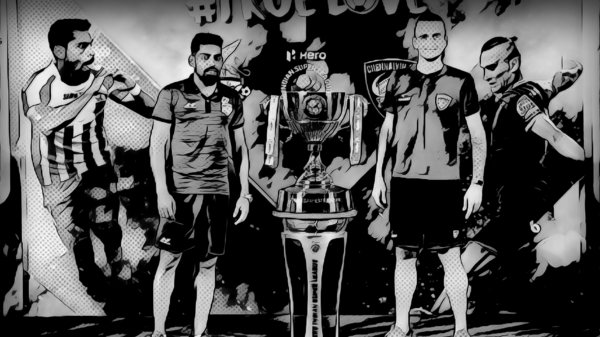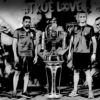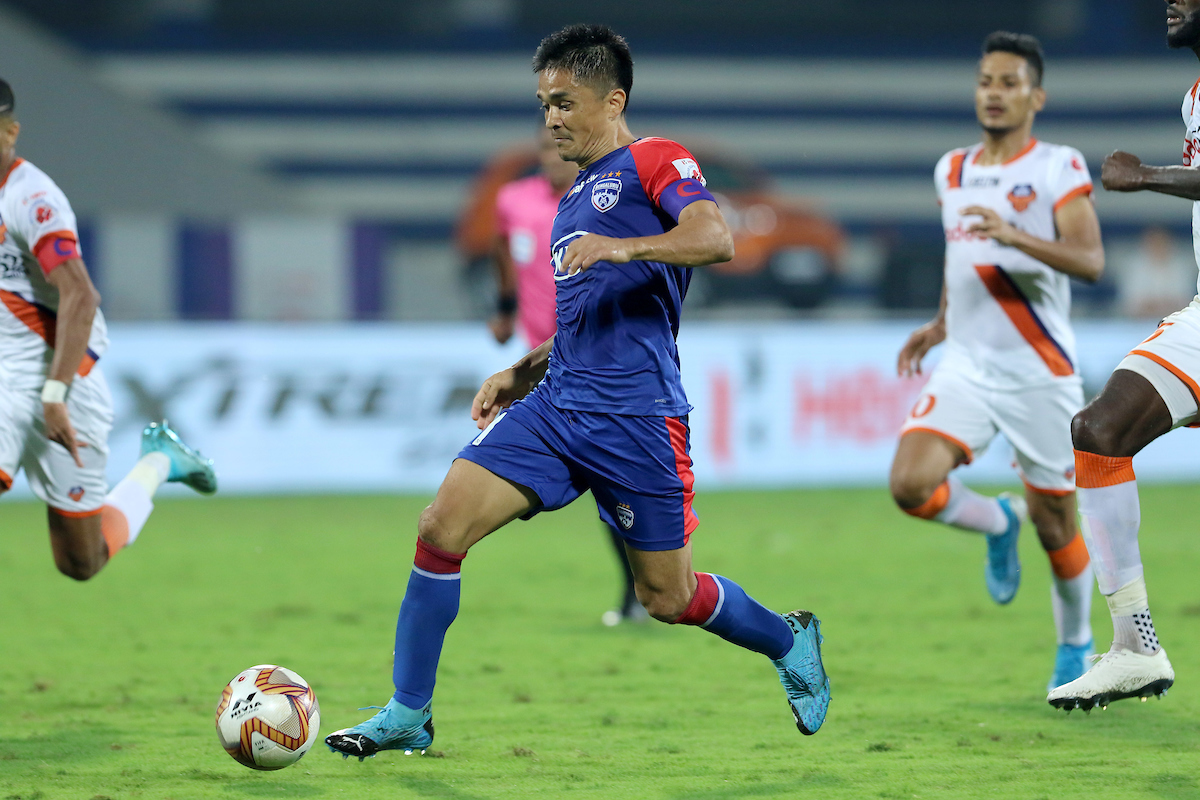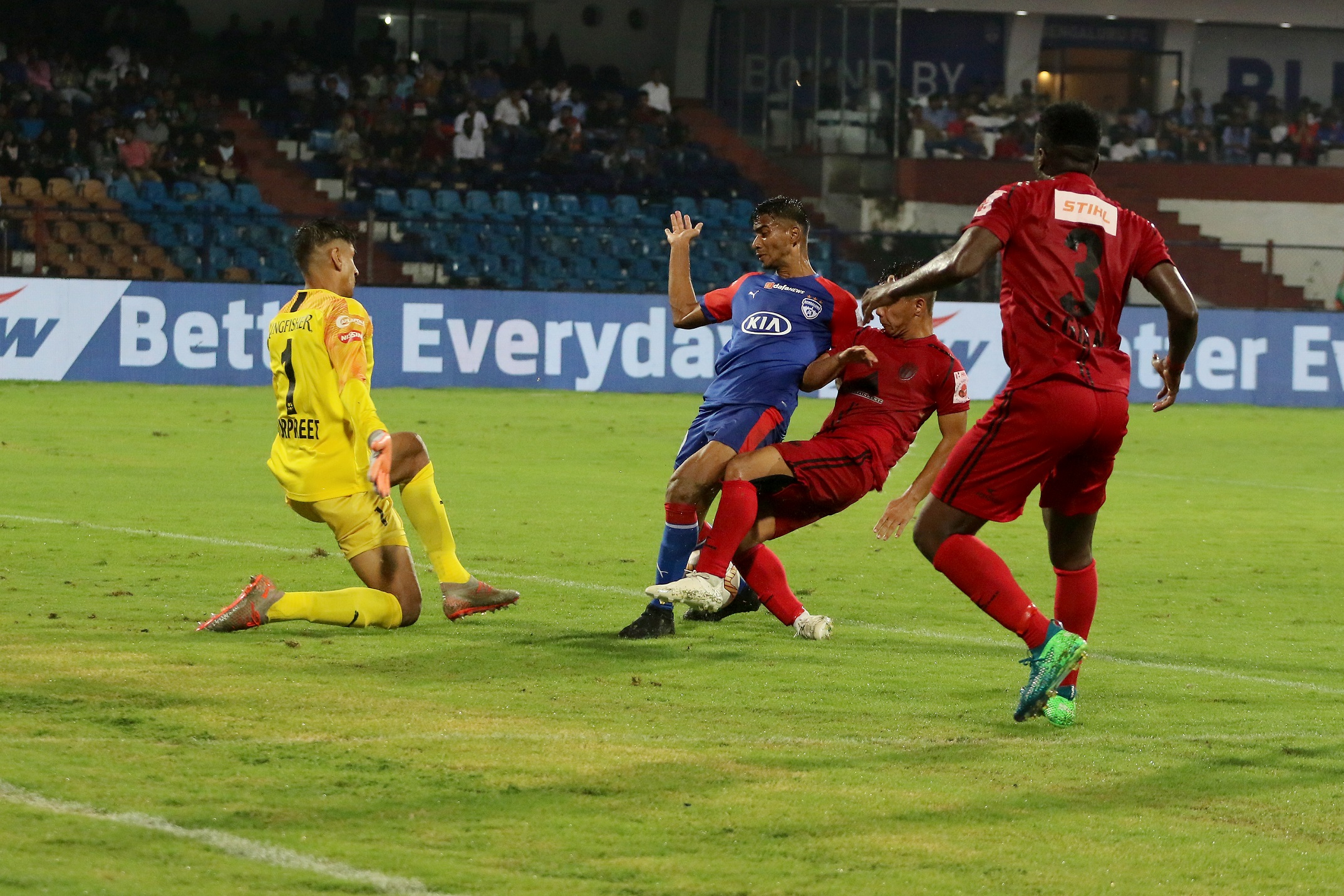Football is yet to quite command the attention other sports do in the country, but the Hyderabad City Police are an Indian Footballing Legend. Wasi Manazir tells their story.
On the topic of Indian football and the regions it is most popular in Hyderabad doesn’t feature in most Indian football enthusiasts lists. The triumvirate of Charminar, kebabs and the delectable Hyderabadi biryani dominate every Indian’s mindscape at the mere mention of the City of Pearls. But the city had its heydays in the bygone years.
Football in the erstwhile city of Nawabs – Hyderabad started spreading its wings only during the 1920s. Compared to the eastern part of India, it was pretty late to fall in love with the beautiful game. But once it caught the football fever, and aided by royal patronage particularly of the Nawab of Tarband and the Maharaja of Dhanrajgir, it dominated the national football circuit like no other team had done before and none has done since.
During the golden period of the Hyderabad football beginning in 1940s through the early 1960s a lot of teams emerged and plied their trade all over the Deccan plateau. Some of the prominent ones included A Battery, Ordnance Depot, Railway Recreation Club (now Central Railway), Hyderabad Sporting, Raiders Club, Hyderabad Athletic Club, Road Transport Recreation Club, DBB Mills, L Motiram Club among a host of others but one particular team won the maximum silverware and caught the imagination of every one, the black and yellow shirted Hyderabad City Police fondly called the “City Afghans”, in accordance with the name of the police force during the reign of the Nizam of Hyderabad; which was renamed as Hyderabad City Police, post independence.
Hyderabad City Police began its success story in the pre-independence era and one particular game that established its reputation was the Ashe Gold Cup final of 1943 played in Bangalore in which they defeated The Royal Air force, a team that included England’s double international, the legendary Denis Compton (a league and FA Cup Winner with Arsenal), it was a game which the City team won after showing remarkable perseverance. Trailing by a solitary goal for much of the game they came back strongly to win the game with two late goals by their defender and skipper, Norbert Andrew Fruvall, to the jubilation of the home crowd. Their juggernaut kept rolling and they won most of the tournaments they participated in during the pre-independence era.
The 1950 Durand Cup final, held for the first time post independence, established the Hyderabad City Police as a legend in Indian Football. In that final game they played against the giants of the east – Mohan Bagan. They trailed two goals to nothing till the final ten minutes but came back heroically through a goal from Laiq to equalize in the dying seconds of the match. The mass hysteria that caused in the adoring fans watching the match is best summed up by veteran Indian football writer Novy Kapadia, who writes:
“Thousands of fans invaded the ground and mobbed and chaired Laiq. Some enthusiastic fans even kissed him and an over-exuberant one in his eagerness to congratulate his hero bit him on the cheek, Poor Laiq reached the dressing room with blood flowing down his face.
Unfortunate Laiq had to miss out the replay due to the wound which his team went on to win 1-0.”
From then on the team went on to achieve unprecedented success and can arguably be said to be the first truly successful Indian team in terms of number of silverware that they won post-independence as prior to that Indian Football was dominated by the British teams. Their domination of the national football during that period can be gauged by these statistics: They won the esteemed Rovers Cup five years in a row from 1950 to 1954, their State Championship for an unprecedented eleven consecutive years. In 1950, 1957 and 1959 they participated in 12 National tournaments remarkably winning them all.
Back in those days when teams were characterized by more men in offense than defense, the Hyderabad City Police played a very entertaining 2-3-5 formation, this effectively created an extremely flexible 2-3-3-2 formation, allowing the team to quickly switch between attack and defense.
The success of the team can be attributed to the great work done by the Hyderabad Football Association (formed in 1939) which was led by people who had genuine love of the game, Two people who contributed greatly to their success were their influential captain NA Fruvall during their initial years and later Syed Abdul Raheem regarded as the greatest Indian Football coach. In those years most of the Hyderabad clubs didn’t have a manager, Hyderabad City Police were no different. In the absence of a dedicated manager, Fruvall being the captain took the majority of the responsibility and began to shape the club in the 1940s. He was instrumental in signing some of the most influential players of his squad such as Noor Muhammad, Laiq and Susasih Jr. among others; by the time he retired in 1951 he had turned the team into one of the best in the country.
The great work done by Fruvall was continued and even bettered under the regime of Syed Abdul Rahim who was also the secretary of the state FA. He had represented Merry Go Round and Queens Club during the 1920s and 1930s, two of the best sides of their era.

A teacher by profession, Abdul Rahim was great tactician, (which was best showcased at the international level in the 1962 Jakarta Asian Games, where he coached the Indian national team to the gold medal), motivator and disciplinarian. Holding the post of the secretary of Hyderabad Football Association from 1943 till his death in 1963, he did a remarkable job of popularizing football in the state.
He organized several age group tournaments and introduced revolutionary ideas in Indian football – competitions which focused on specific skills of the young players that ensured a consistent flow of talented footballers in Hyderabad for the next three decades which greatly benefited the Hyderabad City Police team (and also the national team) and was one very crucial element for their sustained dominance.
The fact that the golden period of Indian football coincided with that of Hyderabad football says it all. A good number of Hyderabad players represented the national team during its golden period from the mid 1940s to the mid 1960s. When the Indian national team had finished fourth at the Melbourne Olympics in 1956, five of Hyderabad City Police players – SK Azizuddin, Ahmad Hussain, Noor Muhammed, T. Balaram and Muhammad Zulfikaruddin were an integral part of the starting eleven. It’s a testimony to their quality.
Apart from their success, what set the Hyderabad City Police team apart was their humility on and off the pitch. It can be attributed to their manager Abdul Rahim, who more than a coach, was a father figure to his players. He laid great emphasis on not just the technical aspects of the game but also the player’s conduct and dedication. His players were an epitome of sportsmanship and never questioned a referee’s verdict even in the midst of a tense match. Playing with an exemplary manner compiled with their dominant performances yielded them immense popularity throughout the country and the team came to be identified as the team of the common man, in opposition to the elite clubs of Calcutta.
In the period just after independence, the team came to symbolize the spirit and ethos of the age, the will to sacrifice, overcome odds and work for great ideals. This contributed to their popularity transcending regional and religious boundaries.
After the death of Syed Abdul Rahim, who was at the time was secretary of Hyderabad FA someone equally capable, if not more was required at the helm to maintain his high standards but sadly it never happened and the Hyderabad City Police team couldn’t maintain its success story and slowly faded away. The team may no longer exist today but its remarkable success story will forever be held in high regards in Indian football.
Written by Wasi Manazir.
- Enrique’s indecision: Barcelona relying on moments of magic - December 14, 2014
- Dani Alves: A Bygone Threat? - November 27, 2014
- Scout Report | Muhamed Besic: Everton & Bosnia’s solid midfielder - November 20, 2014
























































